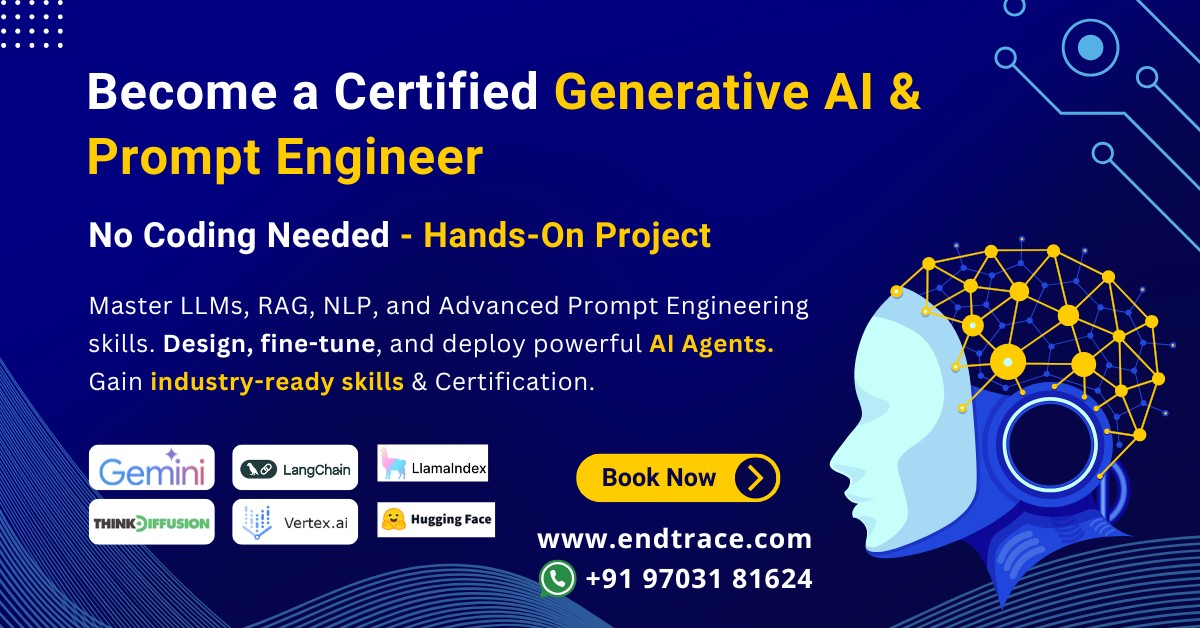Master GenAI from Scratch – Get Certified & Build Real-World AI Projects
Generative AI is revolutionizing industries, from intelligent automation to AI-powered creativity.
If you’ve ever wanted to build AI models, create smart applications, or launch an AI-driven career, this Generative AI course from scratch with certification is your gateway to mastering the latest AI technologies.
The world of Generative AI is exciting, but without the right structure, it’s easy to feel lost.
That’s why this Generative AI course from scratch with certification is designed to guide you step by step—from absolute beginner to job-ready Generative AI Engineer with real-world projects.
Hands-On Project Included!
- Build, fine-tune, and deploy an AI model capable of generating text, assisting users, and solving real-world problems.
- Start your Generative AI journey today, earn your certification, and get hands-on experience with AI!
Training : Online / Offline
Daily Session Recorded Videos
Course Materials
Real-World GENAI use cases
- Start from Zero – No AI background? No problem. This course breaks AI concepts into simple, actionable lessons.
- Learn by Doing – Work on hands-on projects and see AI in action
- Industry-Relevant – Learn the tools & frameworks used by companies
- Cloud Deployments – Master AI deployment on GCP & Azure Cloud Platforms
- Master LLMs – Get practical experience with GPT-4, Google Gemini, and LLaMA.
- Prompt Engineering & Fine-Tuning – Optimize AI responses with advanced techniques.
- Earn an Industry-Recognized Certification – Boost your resume and AI career.
Enroll Free Demo
Learn GenAI from Scratch with Certification and Get Hands-On Project
Become a Certified Generative AI Engineer – Learn from Scratch & Build Hands-On Projects
Generative AI is no longer the future—it’s happening right now, transforming industries like healthcare, finance, education, and automation.
If you’ve been searching for a clear, structured way to learn Generative AI from scratch with certification, this is the perfect course to start your journey.
Learn to train, fine-tune, and deploy AI models that can generate text, assist in decision-making, and automate workflows—all with real-world projects that solidify your skills.
Large Language Models (LLMs) like BERT, GPT-4, Copilet, Mistral, Grok, Llama and Gemini are transforming industries.
Who Is This Course For?
This Generative AI course from scratch with certification is designed for:
- Anyone who wants to learn Generative AI step by step and apply it in real-world projects in the AI era.
- Students, Developers, web designers, UI/UX developers, healthcare, finance, medical, Educational industry working professionals looking to transition into Generative AI roles.
- AI enthusiasts eager to build practical AI solutions with hands-on experience
Fundamentals of AI & ML (Foundation for GenAI)
- What is Generative AI, and how does it work?
- Understanding AI-generated text, images, and automation tools.
- Basics of Artificial Intelligence (AI) and Machine Learning (ML)
- Types of ML: Supervised, Unsupervised, and Reinforcement Learning
Deep Learning – The Backbone of GenAI
- Introduction to Deep Learning and Neural Networks
- Understanding Neural Networks (CNNs, RNNs, LSTMs, Transformers)
- Optimization Techniques: Backpropagation, Gradient Descent, Adam Optimizer
- Sequence Models & Attention Mechanism (how models understand context)
Understand Generative AI
- What is Generative AI? How does it work?
- Generative AI Tools / Models
- Evaluation of GenAI
- Text Generation Models: GPT-3, GPT-4, LLaMA, Gemini
- Image Generation Models: DALL·E, Stable Diffusion, Midjourney
Python Basics
- Variables, Data Types (Strings, Lists, Dicts, Tuples)
- Loops & Conditionals (if-else, for, while)
- Functions (defining and calling functions)
- File Handling (Reading/Writing files – useful for working with datasets)
Data Handling & Preprocessing
- Work with Pandas(for handling structured data)
- Use (for numerical computations)
- Read and process data from CSV, JSON, Excel, and Databases
- Use Regex (Regular Expressions) for text processing
Introduction to Prompt Engineering
- What is Prompt Engineering?
- What is Prompt?
- What is Prompt design?
Understanding Large Language Models (LLMs)
- Overview of LLMs
- Popular LLMs (GPT-3, GPT-4, Claude, Gemini, LlaMa, Grok, Cohere, Midjourney, and more)
- Open-source LLMs (GPT-J, LlaMa, FLAN-T5, BERT, CodeGen, Phi and more)
Understanding Prompt Engineering Strategies
- Instruction-Based Prompting
- Context-Based Prompting
- Example-Based Prompting
- Role-Based Prompting
Understand Key LLM Parameters and its Settings
- Temperature
- Top-K
- Top-P
- Presence Penalty
- Frequency Penalty
- Stop Sequences
- Set Max Tokens
Understanding the Transformer Architecture
- Define Transformers Architecture
- Introduction to Attention Mechanism
- Understand Encoder, Decoder and Encoder-decoder
- Transformers Key Layers ( 7 Layers)
- Understanding Query (Q), Key (K), and Value (V)
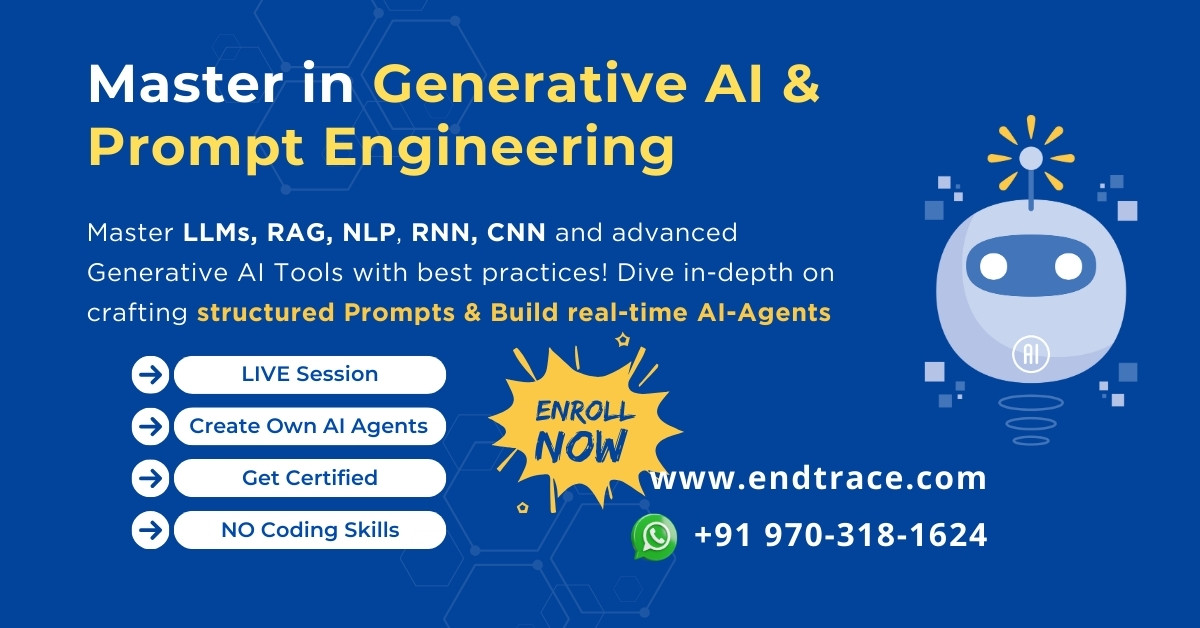
Natural Language Processing (NLP) Essentials
- Tokenization (Splitting text into words/sentences)
- Stemming & Lemmatization (Reducing words to root form)
- Vectorization (Converting text into numbers)
- Using NLTK & spaCy (Popular NLP libraries)
Understanding Neural Networks in NLP / LLM
- Types of Neural Networks
- Convolutional Neural Networks (CNN)
- Recurrent Neural Networks (RNN)
- Long Short-Term Memory (LSTM)
Prompt Usage Techniques
- Zero-shot Learning
- One-shot Prompt
- Few-shot Learning
- Fine-tuning
Common Challenges in LLMs
- Hallucination in LLM
- Ambiguity in Prompt Design
- Bias and Fairness
Understanding Tokenization and Its Elements
- Tokenization Process in LLMs
- Chunking
- Context Window
Advanced Prompt Engineering Models
- Retrieval-Augmented Generation (RAG)
- Chain-of-Thought (COT)
- ReAct (Reasoning and Acting)
- Self-consistency
- Tree-of-Thought Prompting (ToT)
Ethical Considerations in Prompt Crafting
- Understand Ethical Considerations in LLM
- Prompting Security, Fairness & Bias, Accountability, and Transparency
- AI Security & Prompt Injection Attacks – Jailbreak Prevention
Understand LLMs Pre-training and Tuning
- Computational Linguistics used in LLM Training and execution
- Behind the LLM Pre-training Methods
- Understanding Data Pipeline (AI Pipeline) and Preprocessing (Data Cleaning)
- How LLMs are Trained in Quantum Machines
High-level Topics should Understanding
- Autoencoders and Variational Autoencoders (VAEs)
- Generative Adversarial Networks (GANs) – Image & Data Generation
- Vector Databases & Embeddings – FAISS, Pinecone, ChromaDB
- Knowledge Graphs for AI– How structured data improves reasoning
Why Now is the Best Time to Become a Certified Generative AI Engineer?
AI is reshaping industries, and companies are actively hiring certified Generative AI Engineers who can develop AI-powered solutions.
This course provides a structured learning experience, giving you the tools, hands-on projects, and certification needed to stand out in the AI job market.
Start your AI journey today! Learn from scratch, build real projects, and become a certified Generative AI Engineer.
- Beginner-Friendly, Hands-On Learning – No prior AI experience required! Start from scratch and build practical AI models.
- Master Prompt Engineering – Learn how to craft powerful prompts to get better AI-generated responses.
- Fine-Tune AI Models – Adapt GPT, Google Gemini, and Meta LLaMA for real-world applications.
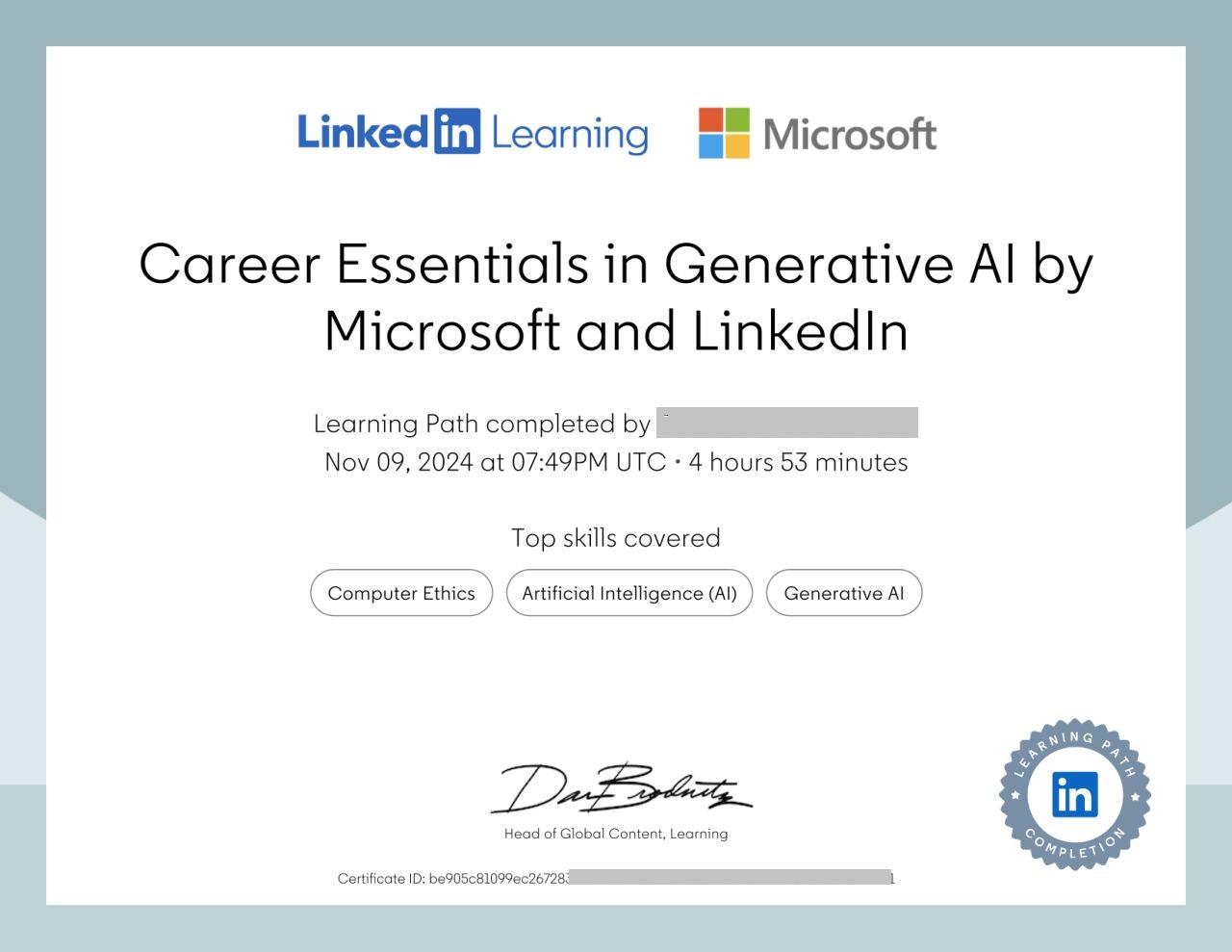
Generative AI Prompt engineering Course Certification
Certification & Skill Badges from top Companies **:
- IBM
- Deeplearning.AI
- Microsoft
** Both Free & Paid certifications are available. Paid certifications are self-funded by individuals.
Explore Real-World Generative AI Chat Agent Use-cases
AI Frameworks & Libraries:
- LangChain (For building AI-powered applications)
- PyTorch or TensorFlow (Optional, but useful if you want to fine-tune models)
- Vector Databases (ChromaDB, Pinecone, FAISS) (For Retrieval-Augmented Generation – RAG)
Bonus: Hands-on Projects to Build Expertise
- AI Agents & Chatbots (LangChain, AutoGPT, BabyAGI)
- Build and Train AI Agent using Gemini / OpenAI API + RAG
- Work with AI-Powered Image Generator (Stable Diffusion, Think Diffusion)
- How to use Streamlit to create simple AI-powered web apps
- Deploy AI models to Google Colab or Hugging Face Spaces
- Use FastAPIfor serving AI models as APIs
Tools & Platforms We work on :
- Google Cloud
- Google Vertex AI
- Azure Cloud
- Azure AI studio
- AI Agents
- Meta’s LlamaIndex
- OpenAi, Gemini and claude API
Request Demo
Generative AI Tools Cover
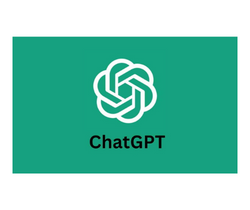
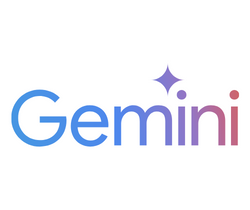

Leonardo




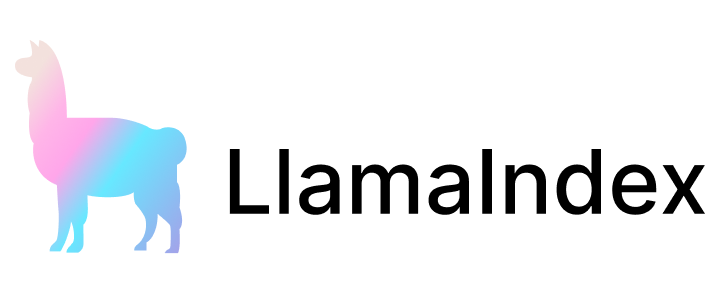
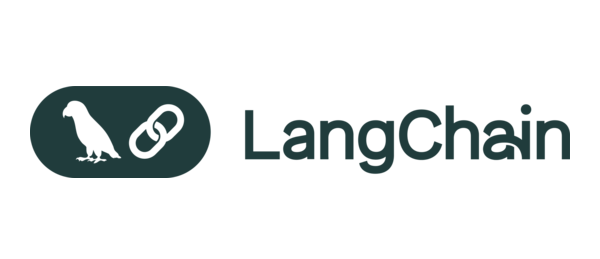


Azure Studio
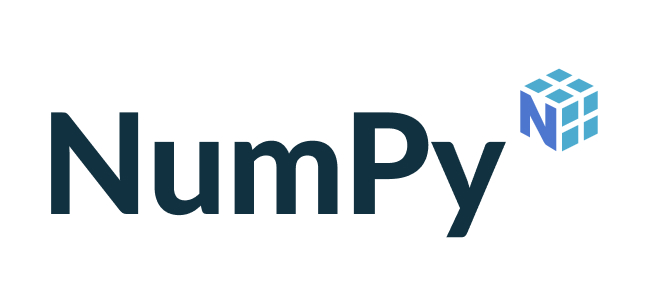
Frequently Asking Questions:
What is Generative AI, and how does it work?
Generative AI is a type of artificial intelligence that creates text, images, and other content based on patterns learned from data.
It uses models like GPT-4 and Google Gemini, which analyze huge amounts of information and generate responses that feel natural, making AI useful for automation, creativity, and problem-solving.
Do I need coding experience to start learning Generative AI?
No, this Generative AI course for beginners is designed for those with no prior coding experience. The course covers AI concepts step by step, introducing Python programming and machine learning basics before diving into advanced AI topics like LLMs, prompt engineering, and AI model deployment.
What can I build with Generative AI?
With Generative AI, you can create AI chatbots, text generators, AI-powered search engines, automated content tools, and personalized recommendation systems.
In this course, you’ll work on hands-on projects that help you apply AI skills to real-world applications in healthcare, finance, and education.
How does this Generative AI course help my career?
This course teaches in-demand AI skills, helping you transition into best-paying AI roles like Generative AI Engineer or AI Consultant.
You’ll gain hands-on experience with Generative AI models, cloud deployments, and AI-powered applications, making you a valuable candidate for tech companies and startups.
What is Prompt Engineering, and why is it important?
Prompt engineering is the process of crafting instructions that guide AI models to generate better responses. By learning techniques like zero-shot and chain-of-thought prompting, you can optimize AI output for chatbots, creative writing, coding assistance, and more, making AI systems more accurate and useful.
Will I learn how to fine-tune AI models in this course?
Yes! This course covers fine-tuning AI models like GPT-4 and LLaMA. You’ll learn how to train models on domain-specific data using techniques like LoRA and QLoRA, helping AI generate industry-specific responses for sectors like healthcare, finance, and customer support.
What is Retrieval-Augmented Generation (RAG), and how does it improve AI?
RAG is an advanced AI technique that combines large language models with real-time data retrieval. This improves AI responses by reducing errors and keeping information updated. In this course, you’ll learn to build RAG-based AI systems using vector databases like Pinecone and Chroma.
How do I deploy AI models on GCP, or Azure?
You’ll learn to deploy AI models on cloud platforms using tools like Docker, Kubernetes, and FastAPI. This allows you to create scalable AI-powered applications that can be accessed through web APIs, making it easier to integrate AI into real-world business and enterprise systems.
What hands-on projects will I complete in this course?
You’ll work on projects like training a text-generation AI, building an AI chatbot, implementing a RAG-based AI search system, and deploying AI models on cloud platforms. These projects help you apply your AI knowledge to practical use cases in multiple industries.
Here are real-world Generative AI projects using LLMs. Each project includes a problem statement, project goal, and real-world impact, ensuring practical application.
Generative AI Projects for Beginners
Real-world Generative AI Projects for Students
Generative AI Real-Time Project Free Download
How can I earn a certification in Generative AI?
After completing this Generative AI course, you’ll receive an industry-recognized certification that showcases your skills. This certification helps you stand out when applying for jobs
Get in Touch with Us
We are pleased to help with your queries. Please feel free to call or email us for Course details, Course schedules
Enroll Demo
Download this Generative AI Course from Scratch
Start your AI journey today! Learn from scratch, build and deploy AI agents. Become a certified Generative AI – Prompt Engineer

